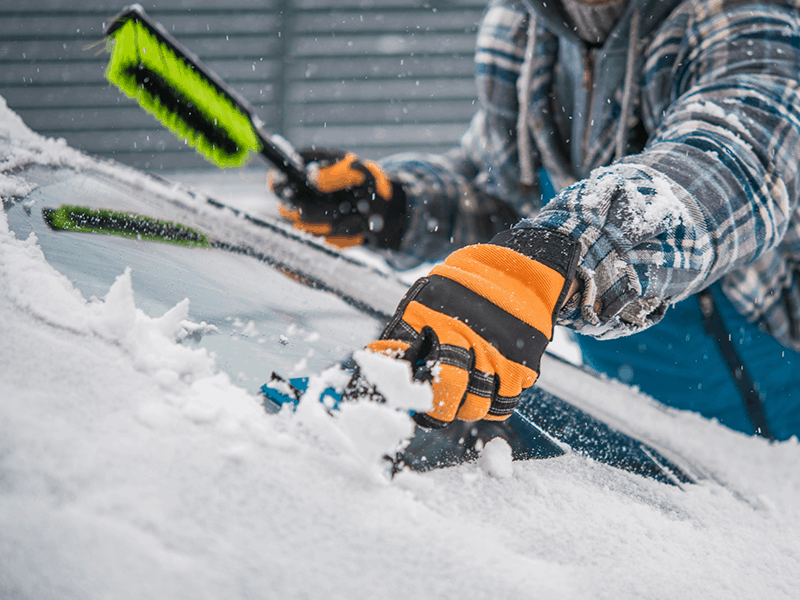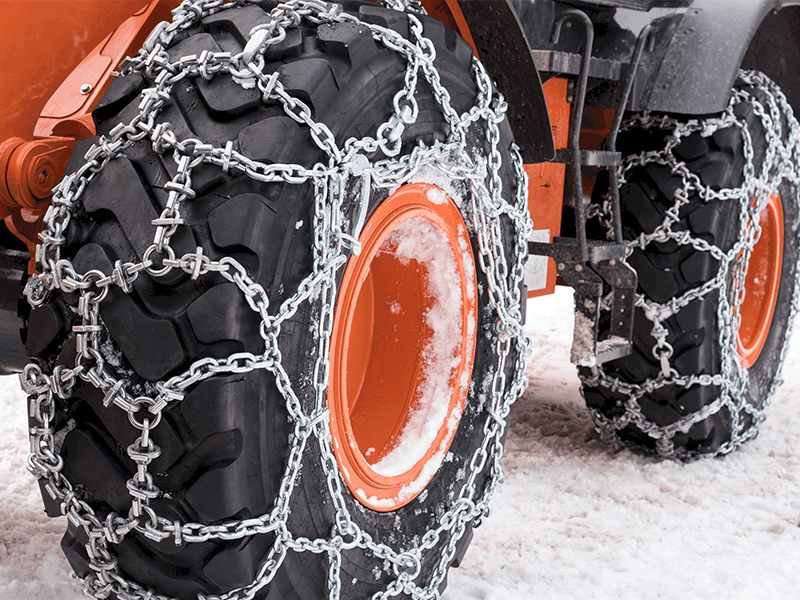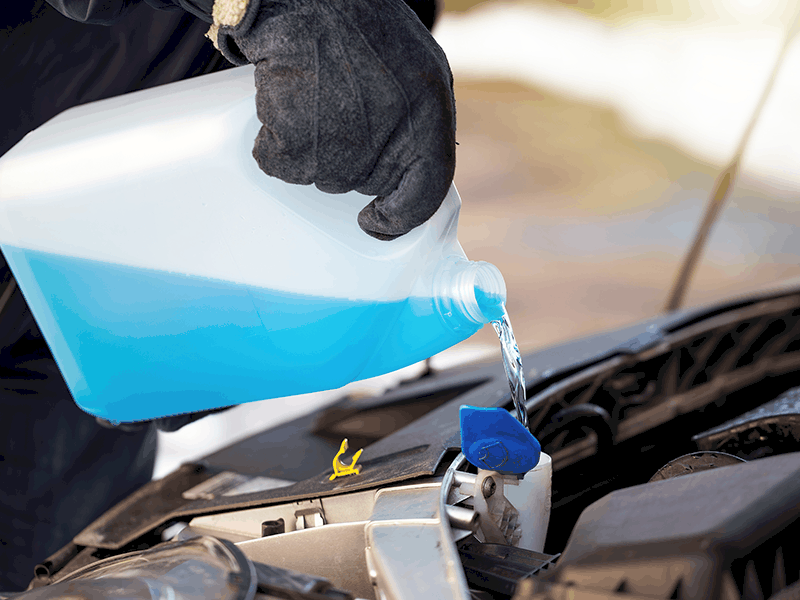CGRS Core Value: Safety
It’s time to warm up those winter-weather driving practices
With numerous CGRS trucks and vans on the road at any given time in the Rocky Mountains, it’s critical that our team members driving those vehicles know what adjustments to make as the cold, snow and ice season draws near. Following the best practices for winter driving can significantly reduce accidents and injuries while operating a vehicle during inclement weather. We’re passing along tips for navigating winter conditions – including while filling your vehicle’s tank – from CGRS Health & Safety Manager Mike Byers.
- Prepare your vehicle. Make sure your vehicle’s fluids are topped off, tires and/or tire chains are suitable for the conditions, all lights and turn signals work, and the fuel tank is at least half full. Walk around your vehicle to make sure no people (especially children) or objects are hiding in a precarious location and, in the case of deep snow, that it isn’t clogging the exhaust pipe.
- Plan your trip. Before driving, warm up your vehicle and completely defrost the windows. When you do so, stay with your vehicle, as starting it up and leaving it – known as “puffing” – is illegal in many jurisdictions as well as harmful to the environment. Plan your route, find out what roads are closed, then let someone know where you’re going and what your route you are taking.
- SLOW DOWN. Speed limits are for best-case driving conditions. Slick roads and poor visibility require increased reaction time and stopping distance. Leave additional room between your vehicle and others to avoid fender-benders (or worse) on icy roads.
- Carry extra supplies. In case you become stuck or stranded, have additional clothing, food and water on hand. Carry jumper cables, a warm blanket or two, a flashlight, your cell phone and a way to charge it.
- Stay with your vehicle. If you get stuck or stranded, remain with your vehicle and call for help. Your vehicle is your protection from the elements, other drivers and a source of heat. Staying put also makes it easier for rescuers to find you, especially if someone knows your route and destination.
- Take care when refueling. Turn off your vehicle and watch your footing when filling up your vehicle. Ice and snow tend to build up at fuel dispensers as they melt from other vehicles, then refreeze, increasing the likelihood of falls and injuries.
- Don’t overfill your tank. Spilled fuel adds to slick conditions at dispensers as well as become a fire/flash hazard because fuel takes longer to evaporate in cooler temperatures. Also, don’t forget to put your fuel cap back on to prevent leaking fuel and water from entering your tank.
- Stay put. If you have car problems or inclement weather that makes it too dangerous to drive, it might be necessary to simply stay where you are until conditions improve.





